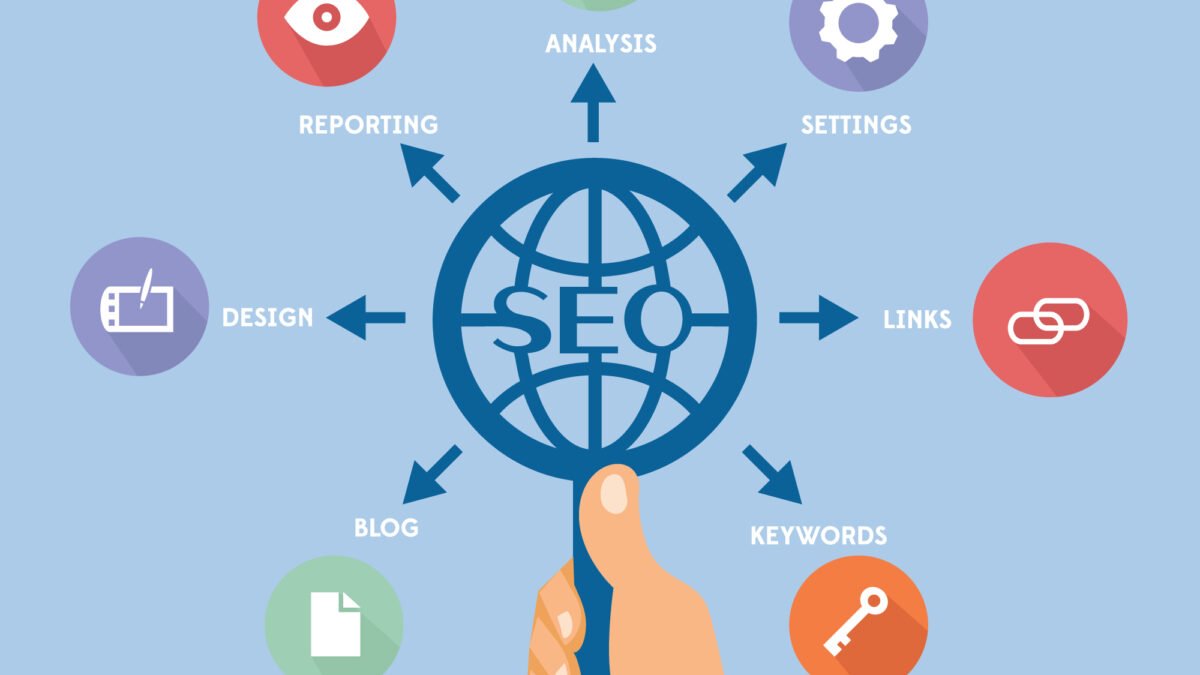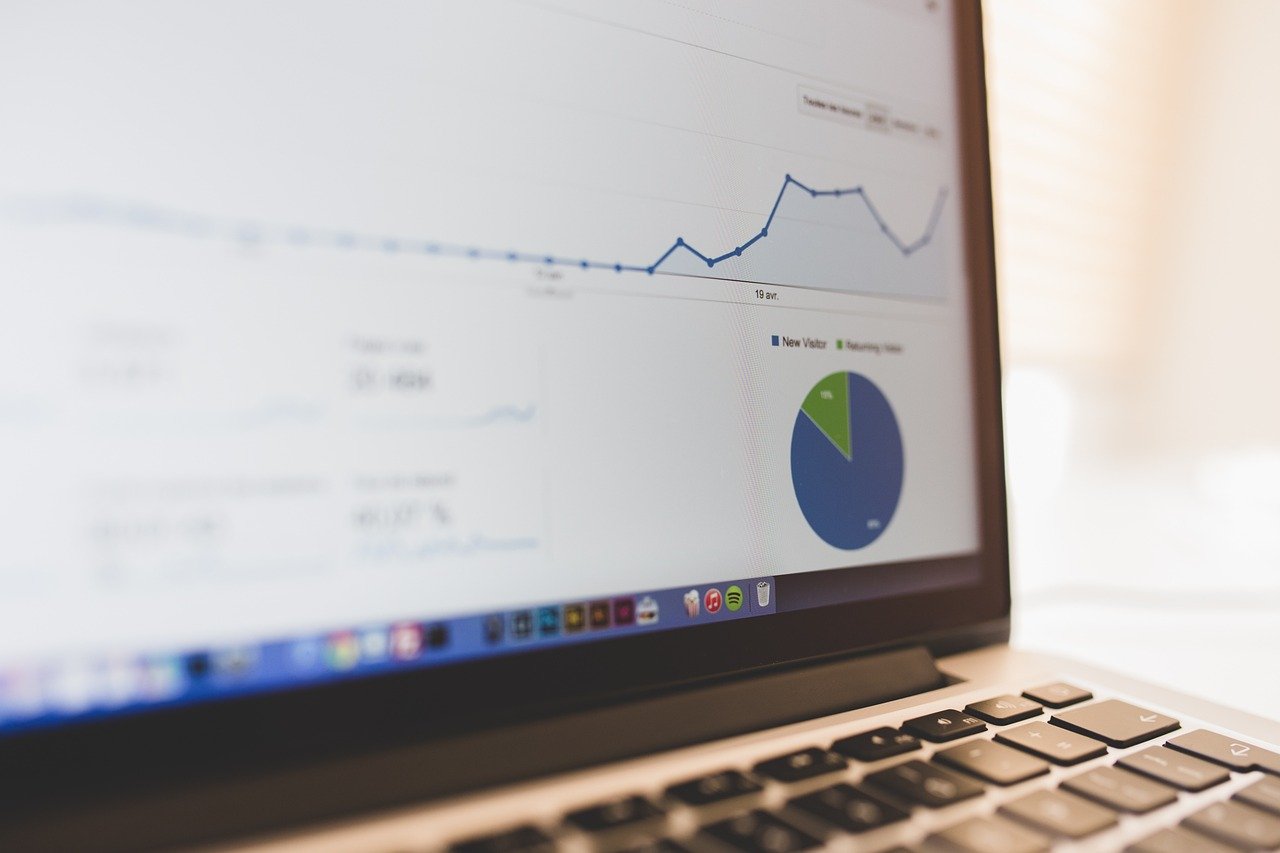
Why Keyword Research is Essential for SEO Success
January 8, 2023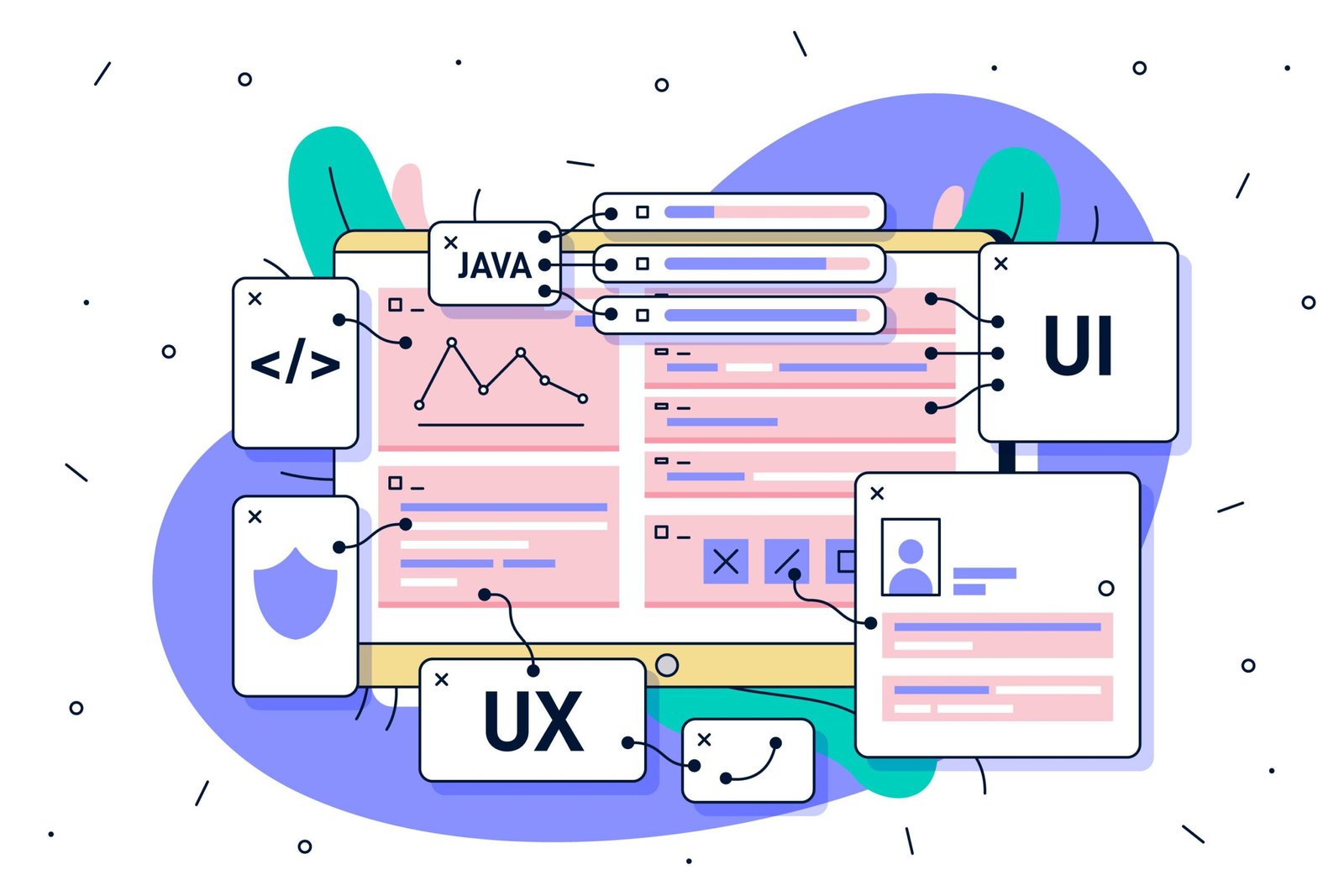
Mastering Website Conversions in 2024: A Comprehensive Guide to Elevate Your Digital Presence
December 26, 2023Tips and best practices for on-page optimization
- Introduction
- Explanation of on-page optimization
- Importance of on-page optimization for SEO
- Overview of the topics covered in the blog post
- Content Optimization
- Keyword Research and Targeting
- Creating Quality Content
- Optimizing Content for Search Engines
- Optimizing Content for Users
- Tips for Creating High-Quality Content
- Technical Optimization
- Optimizing URLs
- Optimizing Titles and Meta Descriptions
- Optimizing Headings and Subheadings
- Optimizing Images and Videos
- Optimizing for Mobile
- Tips for Technical Optimization
- Link Optimization
- Internal Linking
- External Linking
- Building Backlinks
- Tips for Link Optimization
- Conclusion
- Summary of tips and best practices
- Importance of continual optimization
- Additional resources for learning more about on-page optimization

Introduction
On-page optimization is a critical aspect of search engine optimization (SEO) that involves optimizing various elements on a website in order to improve its ranking in search engine results pages (SERPs). Whether you’re an SEO professional or a business owner, understanding and implementing on-page optimization best practices can help drive more traffic to your website and increase your online visibility.
But with so many different elements to consider, it can be difficult to know where to start. That’s why in this blog post, we’re going to break down the key components of on-page optimization and provide you with tips and best practices for optimizing your website for search engines and users alike.
First, let’s start with the importance of on-page optimization. Search engines like Google use complex algorithms to determine the relevance and authority of a website, and on-page optimization plays a major role in this process. By optimizing various elements on your website, such as your content, URLs, and meta tags, you can signal to search engines that your website is relevant and valuable to users, which can help boost your rankings in SERPs.
In addition to improving your rankings, on-page optimization can also help drive more organic traffic to your website. By creating quality content that is optimized for both search engines and users, you can attract more visitors to your website who are actively searching for information or products related to your business.
Now that you understand the importance of on-page optimization, let’s dive into the key components of on-page optimization and the best practices for optimizing each one.
Content Optimization:
One of the most important elements of on-page optimization is content optimization. This involves creating high-quality, relevant content that is optimized for both search engines and users.
Keyword Research and Targeting:
The first step in content optimization is keyword research. This involves identifying the keywords and phrases that your target audience is searching for, and then incorporating those keywords into your content. By targeting specific keywords and phrases, you can increase the chances that your content will rank for those terms in SERPs.
Creating Quality Content:
Once you’ve identified your target keywords, the next step is to create high-quality, relevant content that incorporates those keywords. This means writing content that is well-researched, informative, and engaging. It’s also important to ensure that your content is written in a way that is easy to read and understand.
Optimizing Content for Search Engines:
: In addition to creating quality content, it’s also important to optimize your content for search engines. This involves incorporating your target keywords into various elements of your content, such as your headlines, subheadings, and meta tags.
Optimizing Content for Users:
While it’s important to optimize your content for search engines, it’s equally important to optimize it for users. This means writing content that is informative, engaging, and easy to read and understand.
Content Optimization Summary
Tips for Creating High-Quality Content: Here are a few tips to keep in mind when creating high-quality content:
- Research your topic thoroughly
- Write in a clear and concise manner
- Use headings and subheadings to break up your content
- Use images and videos to enhance your content
By following these tips, you can create content that is optimized for both search engines and users, which can help improve your rankings in SERPs and drive more organic traffic to your website.
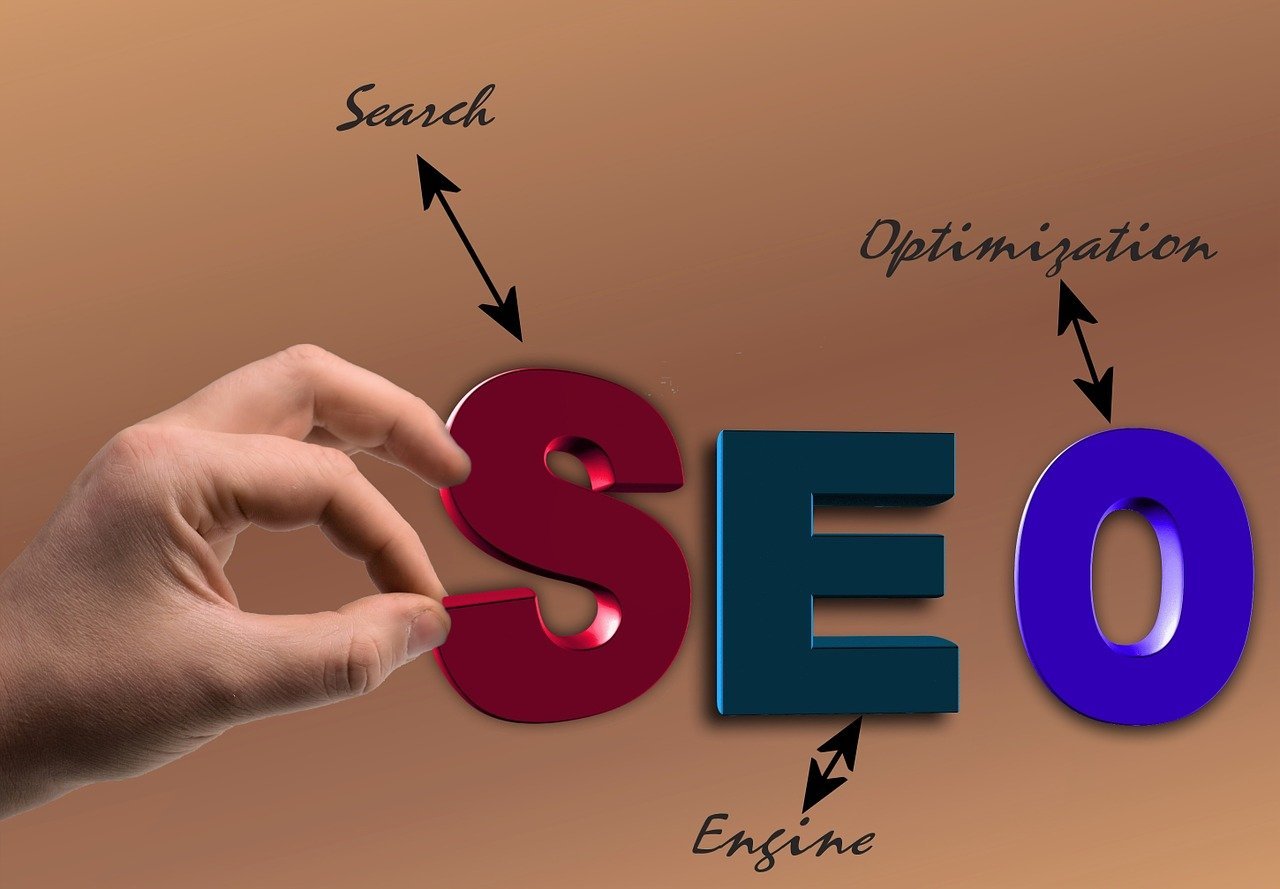
Technical Optimization:
In addition to content optimization, on-page optimization also involves technical optimization. This involves optimizing various elements of your website’s code and structure to improve its performance and user experience.
Optimizing URLs:
One of the first steps in technical optimization is optimizing your URLs. This means ensuring that your URLs are clean, simple, and easy to understand. It’s also important to include your target keywords in your URLs, as this can help signal to search engines what your page is about.
Optimizing Titles and Meta Descriptions:
Another important element of technical optimization is optimizing your titles and meta descriptions. These are the snippets of text that appear in SERPs, and they play a critical role in helping users understand what your page is about. When writing titles and meta descriptions, be sure to include your target keywords and make sure that they accurately reflect the content on your page.
Optimizing Headings and Subheadings:
In addition to optimizing your titles and meta descriptions, it’s also important to optimize your headings and subheadings. These are the larger and smaller text blocks that divide your content into sections, and they can help signal to search engines the structure and hierarchy of your page.
Optimizing Images and Videos:
Images and videos can also play a critical role in on-page optimization. Be sure to optimize all images by providing a descriptive file name and alt tag. Also, compress your images as much as possible without losing quality. Videos can also be optimized by transcribing it and adding subtitles to make it accessible to users who are deaf or hard of hearing.
Optimizing for Mobile:
With the increase of mobile users, it’s more important than ever to optimize your website for mobile devices. This means ensuring that your website is responsive and can adapt to different screen sizes, and that the layout and navigation are easy to use on a smaller screen.
Technical Optimization Summary
Tips for Technical Optimization: Here are a few tips to keep in mind when optimizing your website’s code and structure:
- Keep your URLs clean and simple
- Optimize your titles and meta descriptions
- Optimize your headings and subheadingsOptimize all images and videos
- Optimize for mobile
By following these tips, you can ensure that your website’s code and structure are optimized for both search engines and users, which can help improve your rankings in SERPs and drive more organic traffic to your website.
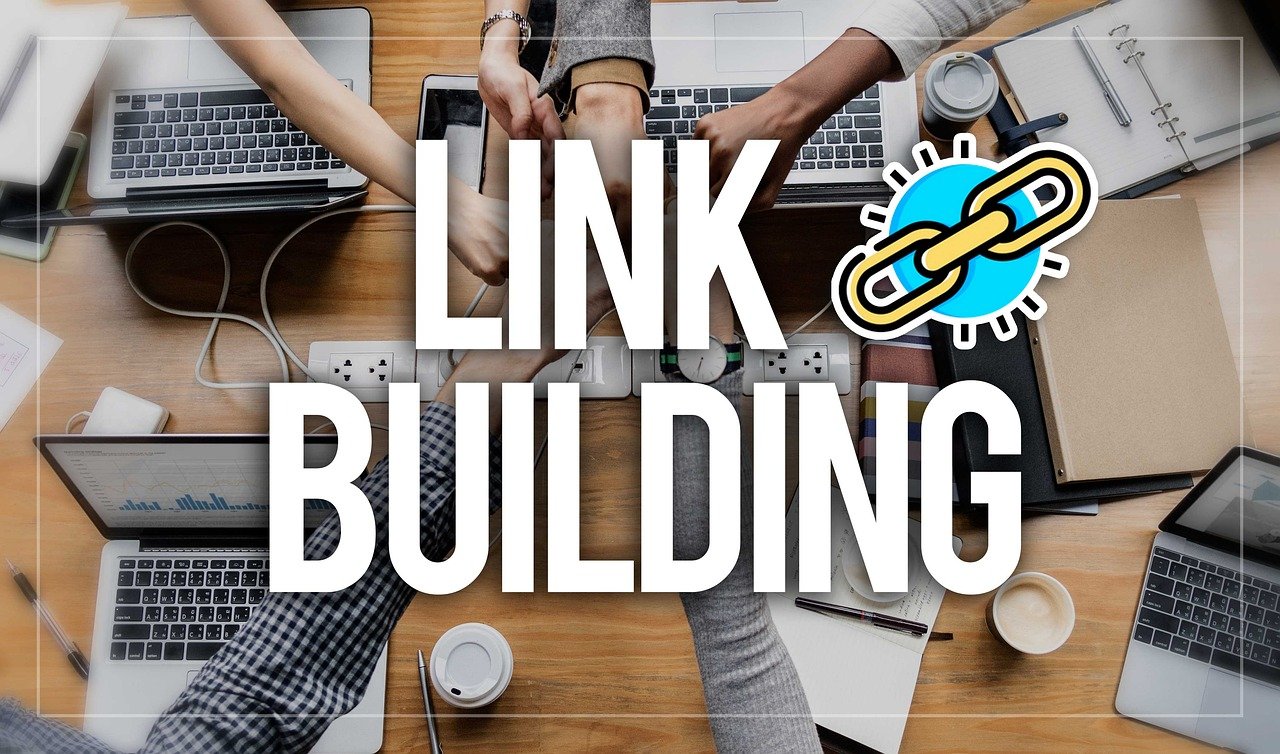
Link Optimization:
The final component of on-page optimization is link optimization. This involves optimizing the links on your website to improve the user experience and signal to search engines the structure and hierarchy of your website.
Internal Linking:
Internal linking is the process of linking to other pages within your website. This can help users navigate your website and signal to search engines the structure and hierarchy of your website.
External Linking:
External linking is the process of linking to other websites. This can help establish your website as an authority in your industry and also help users find additional resources related to your content.
Building Backlinks:
Building backlinks is the process of getting other websites to link to your website. This can help establish your website as an authority in your industry and also help improve your rankings in SERPs.
Link Optimization Summary:
Tips for Link Optimization: Here are a few tips to keep in mind when optimizing your website’s links:
- Use internal linking to help users navigate your website
- Use external linking to provide additional resources to users
- Build backlinks to establish your website as an authority
By following these tips, you can optimize the links on your website to improve the user experience and signal to search engines the structure and hierarchy of your website.

Conclusion:
In conclusion, on-page optimization is a critical aspect of SEO that involves optimizing various elements on a website in order to improve its ranking in SERPs. By optimizing your website’s content, code, and structure, you can help search engines understand what your website is about and how it can be helpful to users, and by building backlinks you can help establish your website as an authority in your industry.
However, it’s important to remember that SEO is a long-term process and the best practice is to have a balanced approach that includes both on-page optimization and building backlinks. Additionally, it’s important to stay up-to-date with the latest SEO trends and best practices as algorithms and best practices are constantly evolving.
It’s also important to note that SEO is just one aspect of online presence and branding and it should be combined with other online marketing strategies such as social media, email marketing, and PPC to improve the visibility, credibility and authority of your website.
Don’t forget to track and measure your SEO efforts. This will allow you to see what strategies are working and which ones are not, and adjust your approach accordingly. Use tools such as Google Analytics, Search Console, and Ahrefs to monitor your website’s traffic, rankings, backlinks, and other important metrics.
Another important aspect of on-page optimization is the importance of continual optimization. The search engine algorithms are constantly changing and evolving, so it’s important to stay up-to-date with the latest trends and best practices. This means regularly reviewing and updating your website’s content, code, and structure to ensure that it is optimized for both search engines and users.
In summary, on-page optimization is a critical aspect of SEO that involves optimizing various elements on a website in order to improve its ranking in SERPs. By creating quality content, optimizing your website’s code and structure, building backlinks and continually monitoring and measuring your efforts, you can help establish your website as an authority in your industry and drive more organic traffic to your website.
If you want to learn more about on-page optimization, there are many resources available online such as blogs, forums, and industry publications. Additionally, you can always reach out to a professional SEO agency for help with optimizing your website for search engines.


